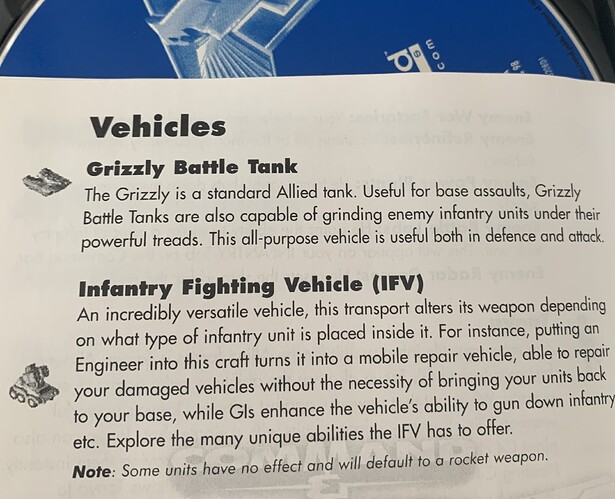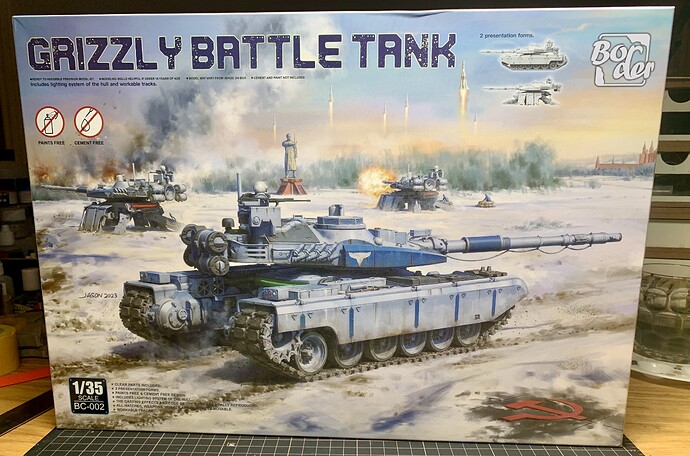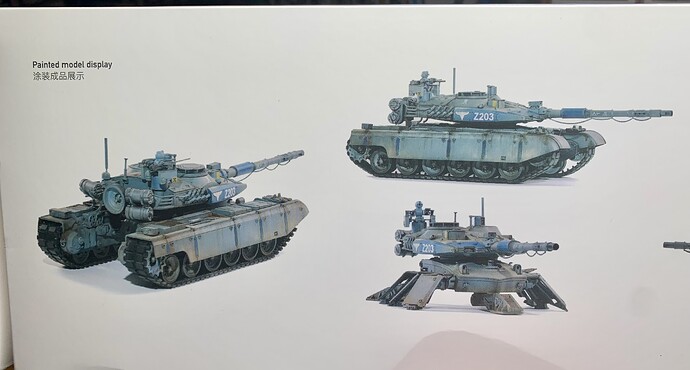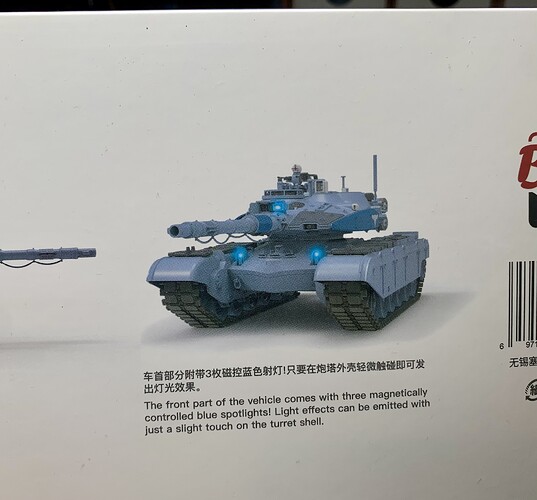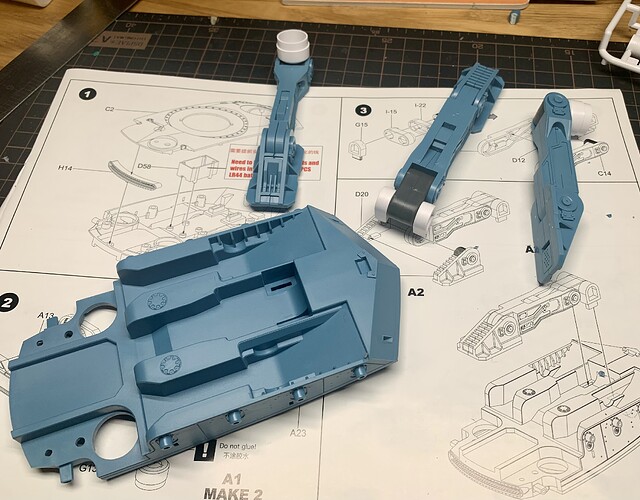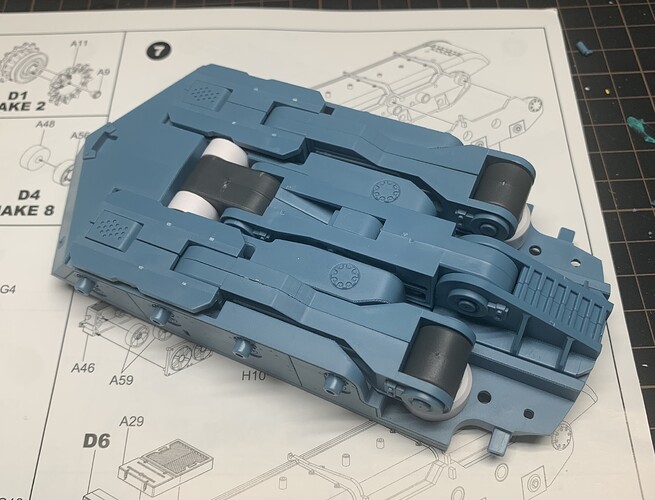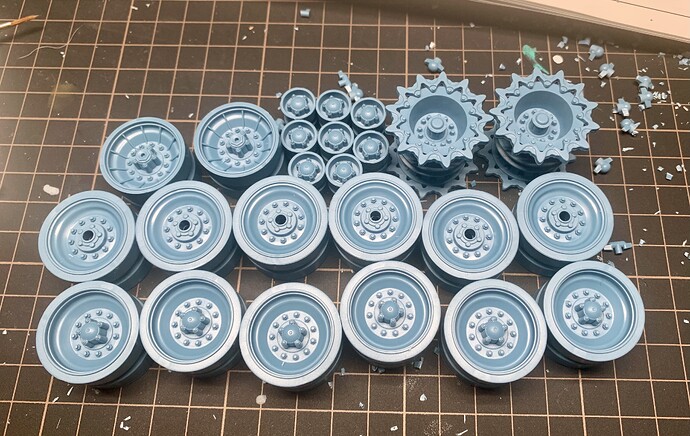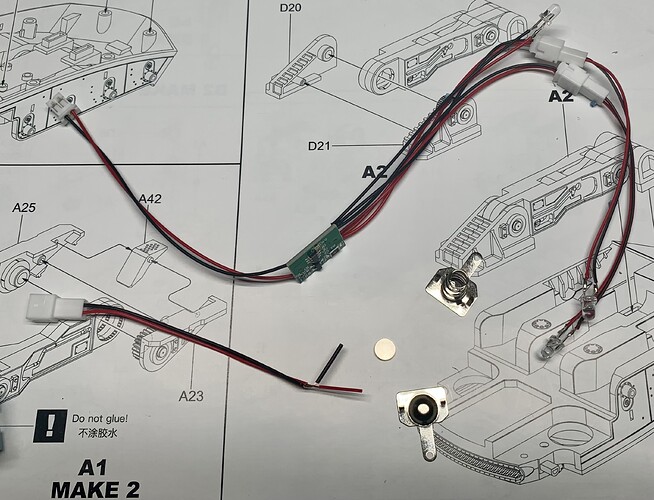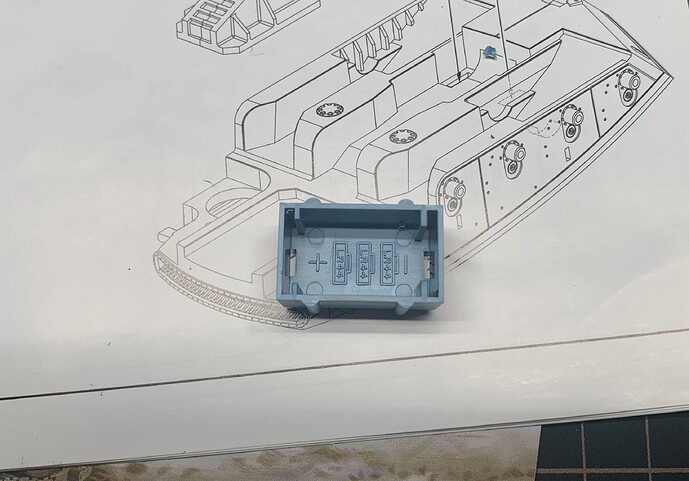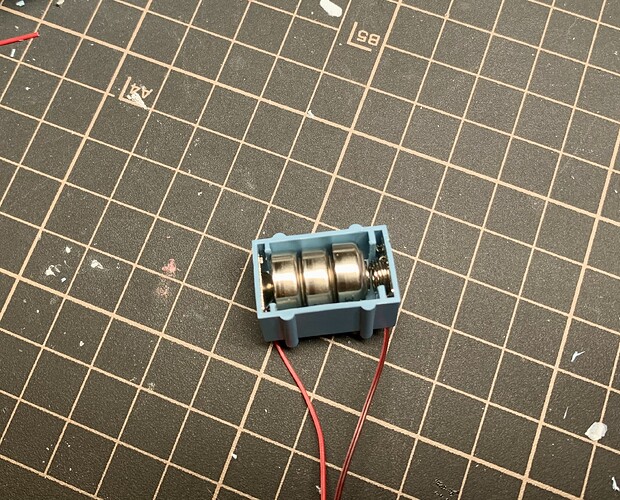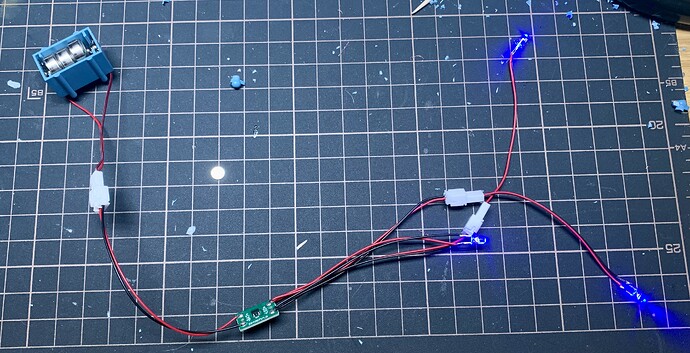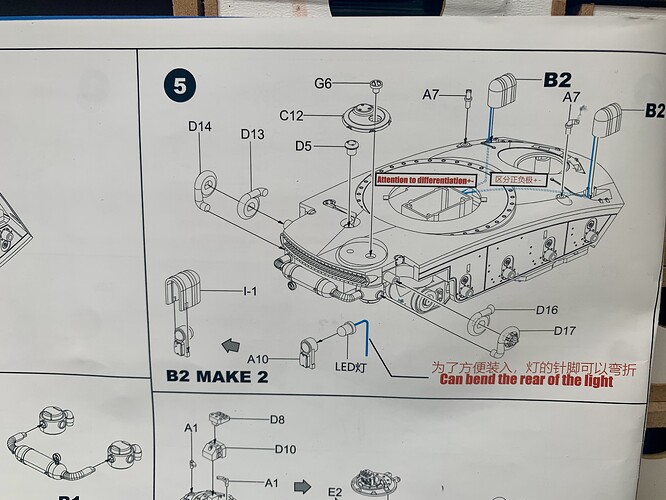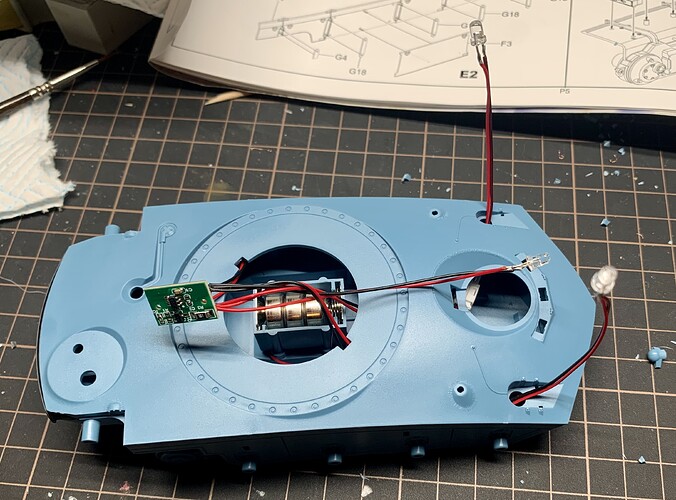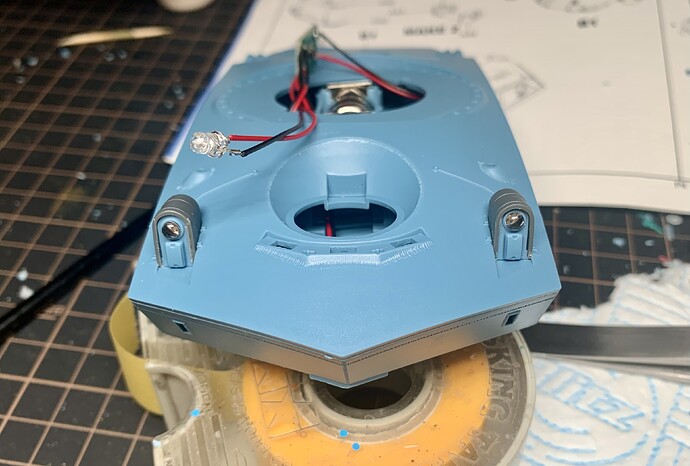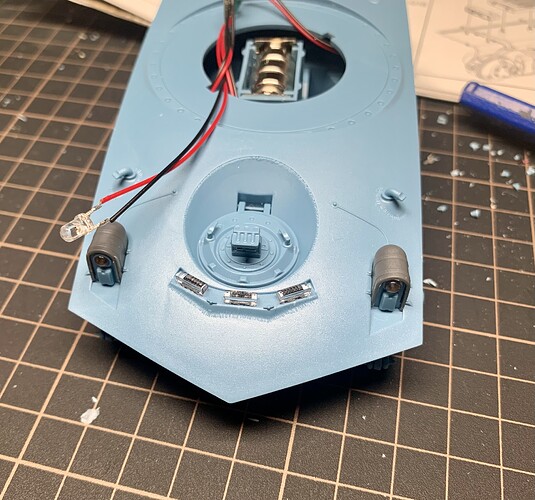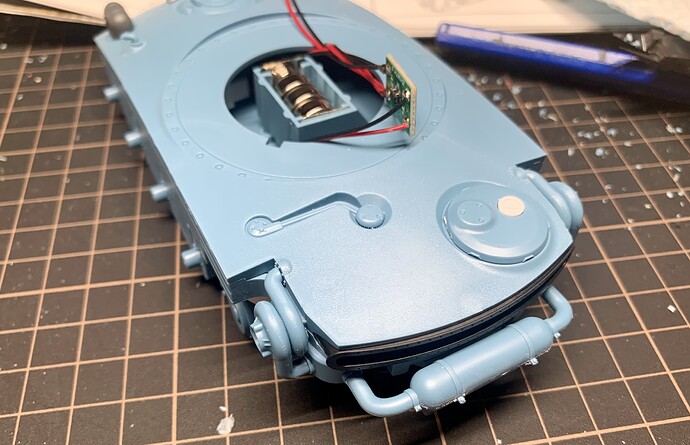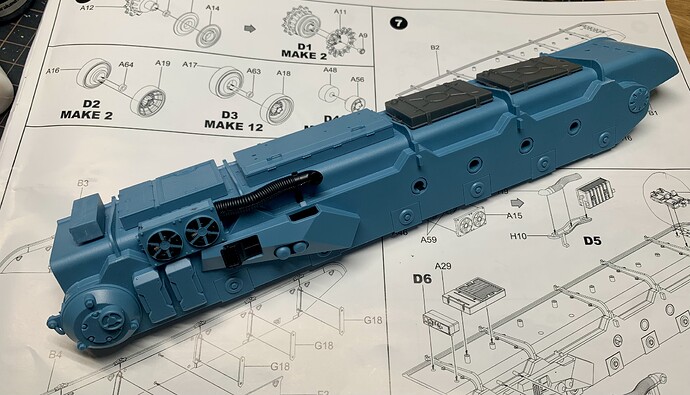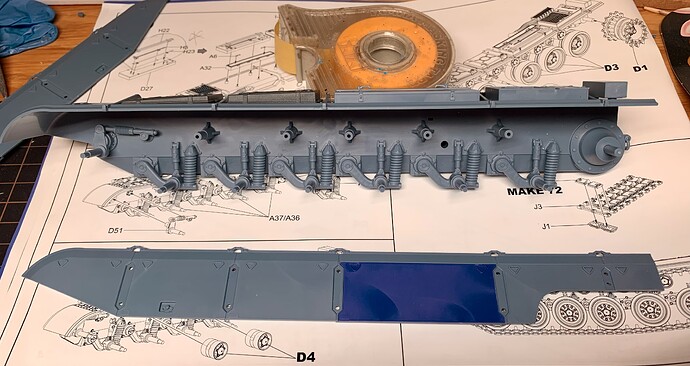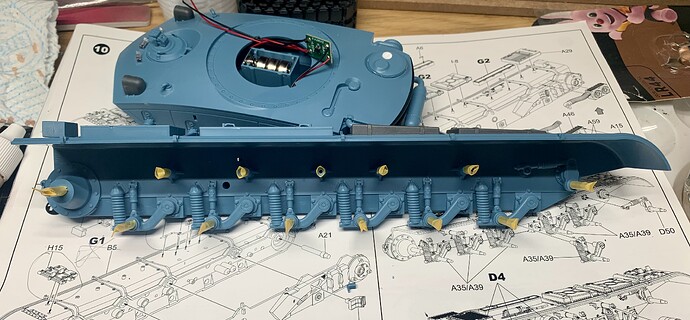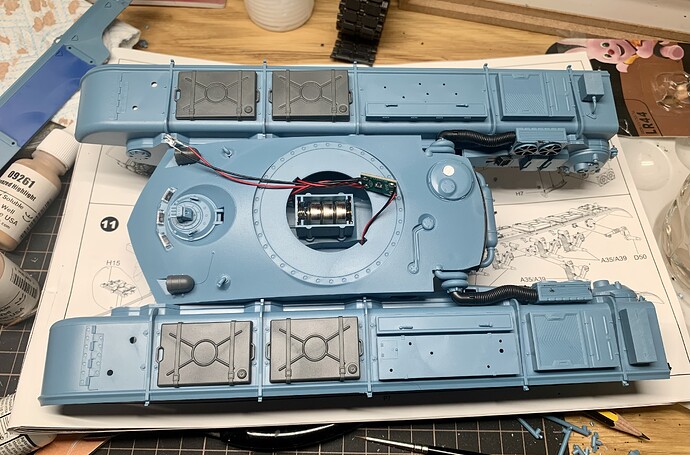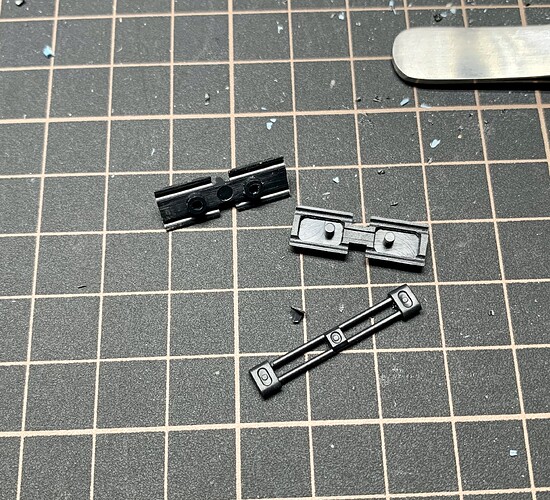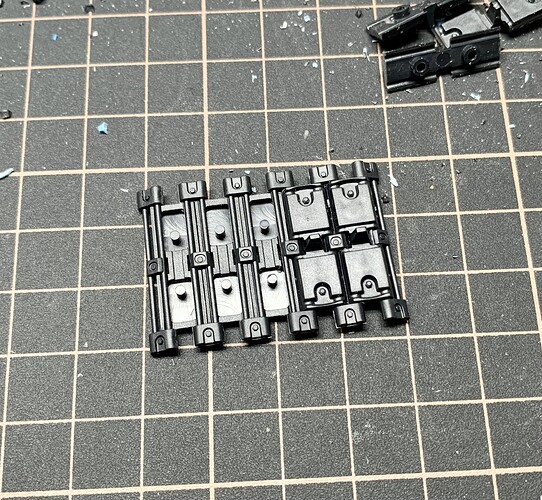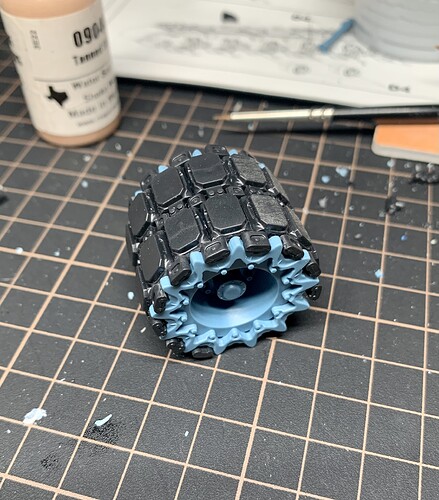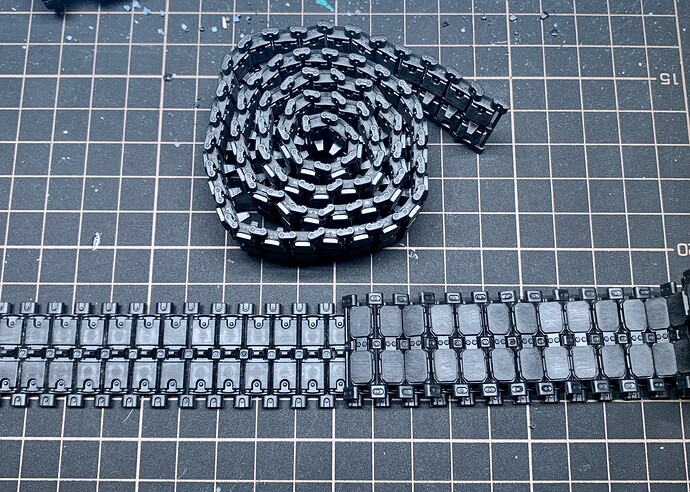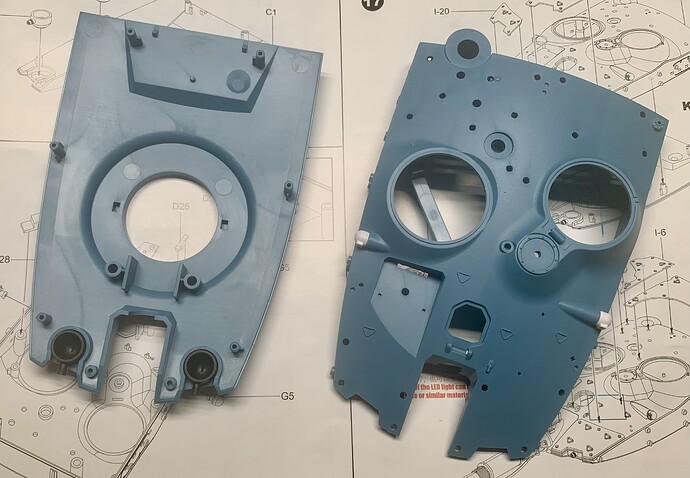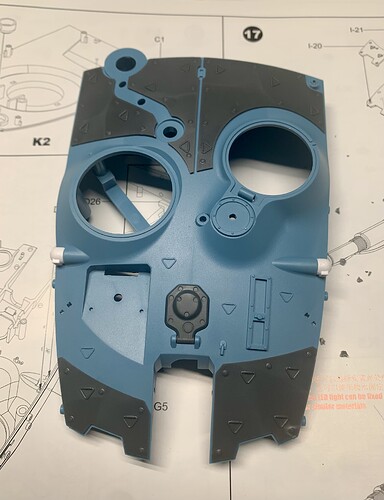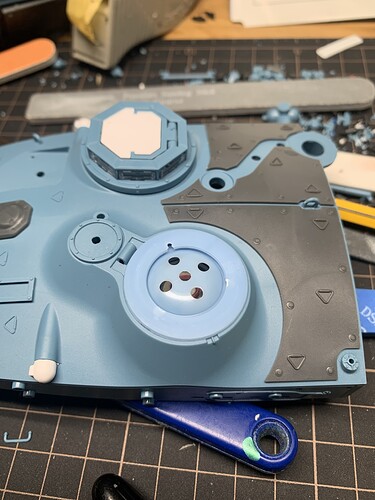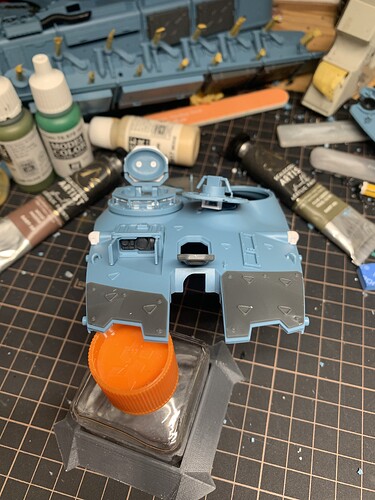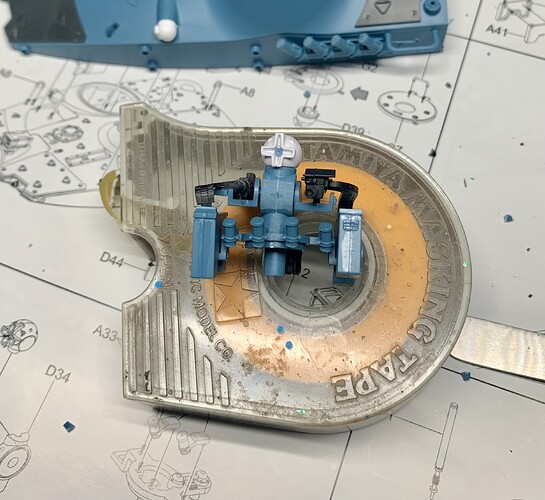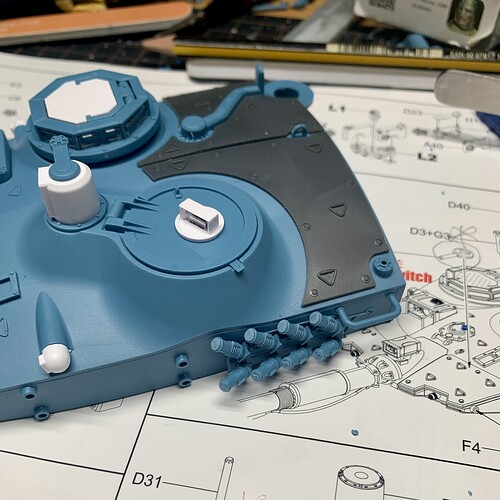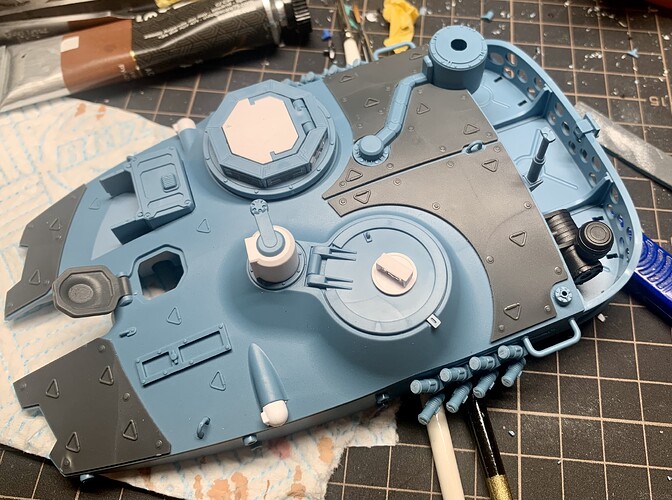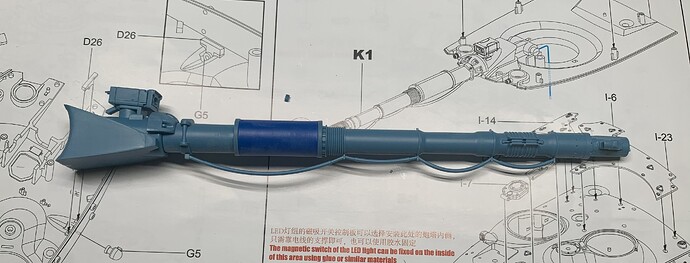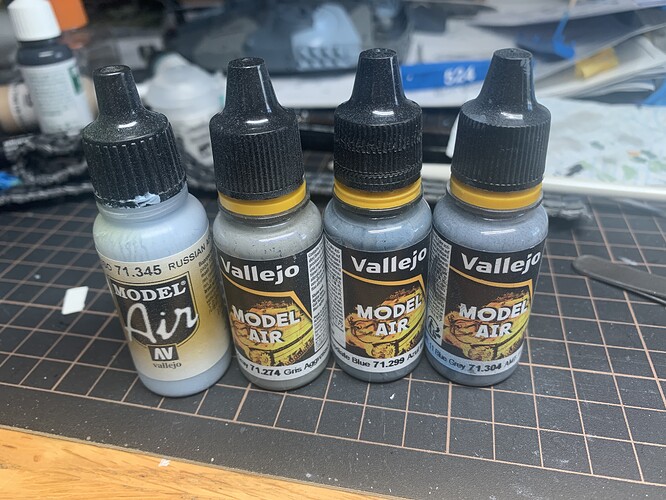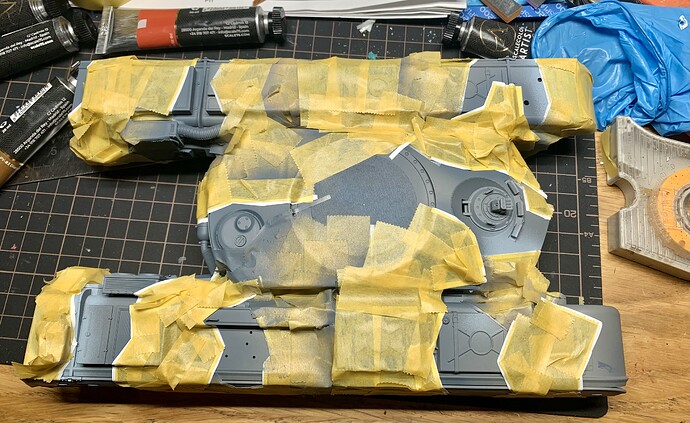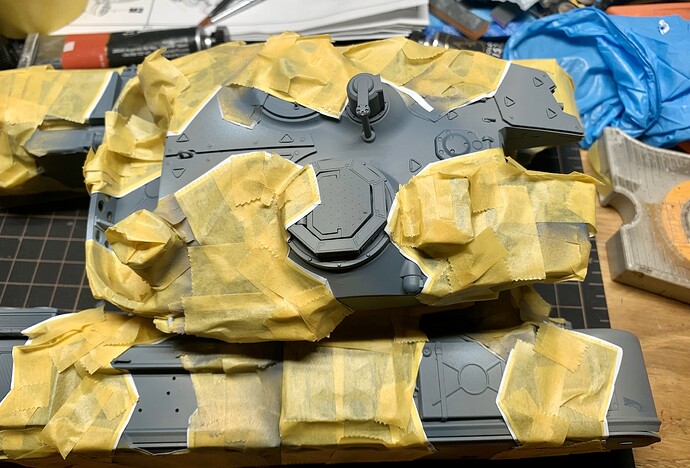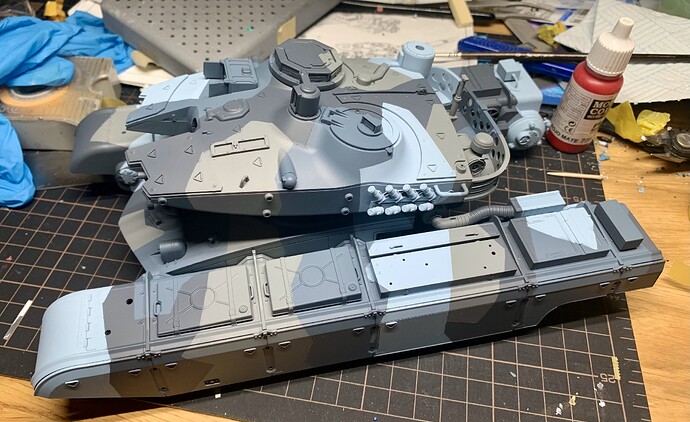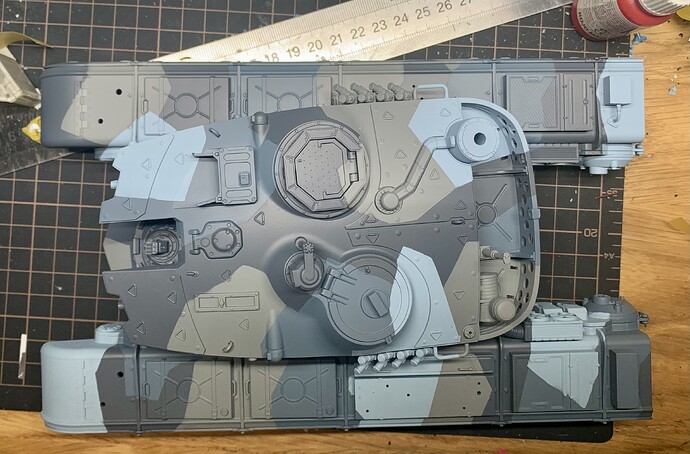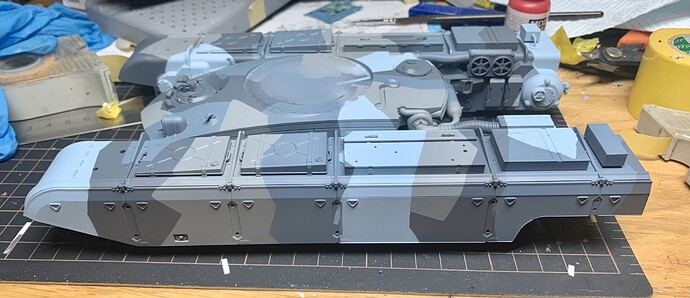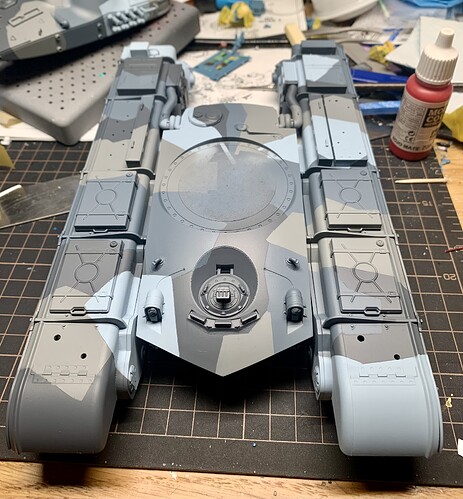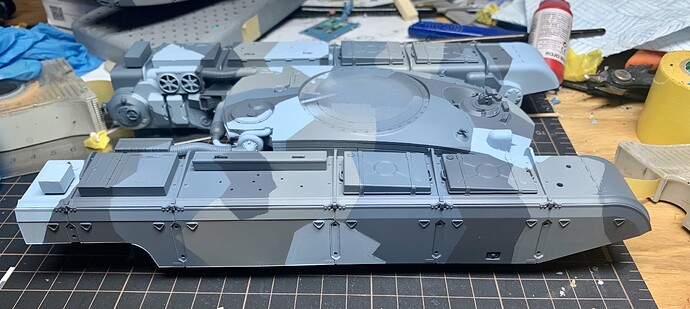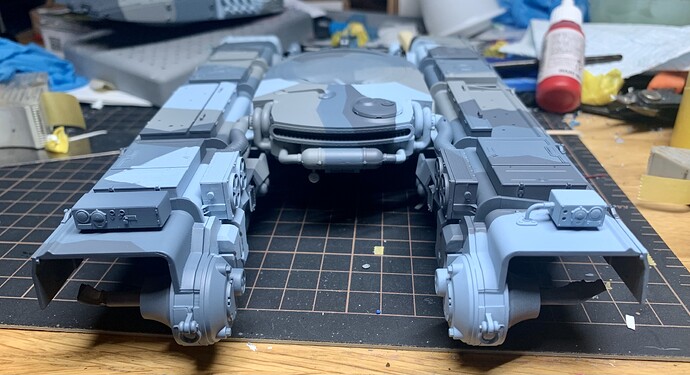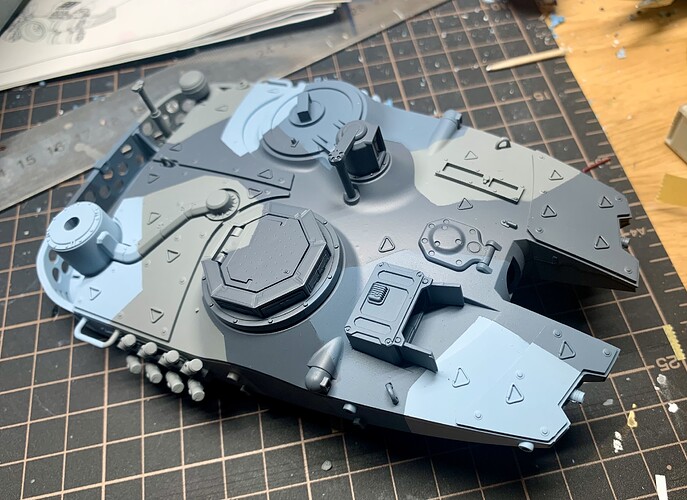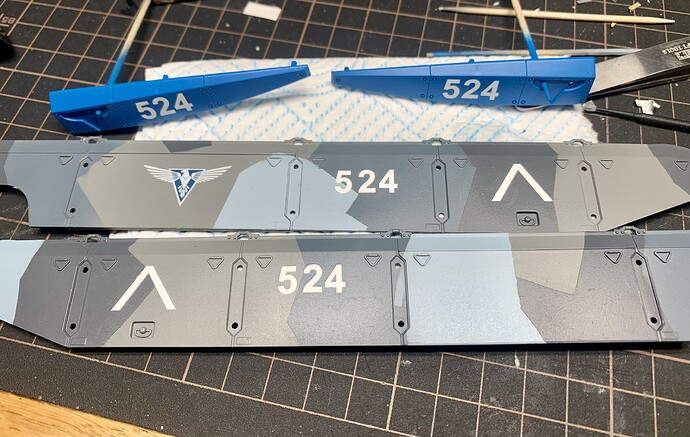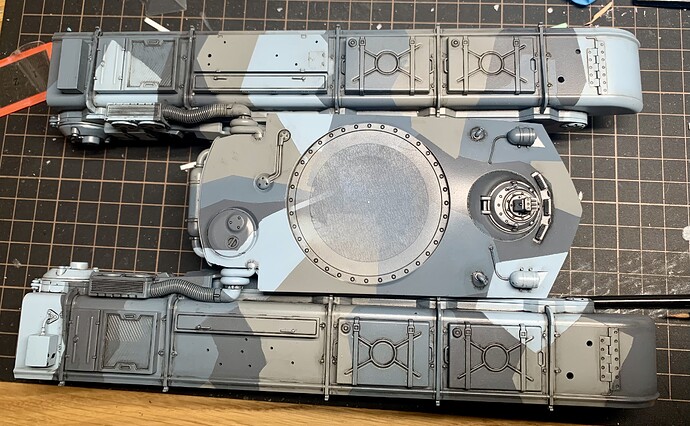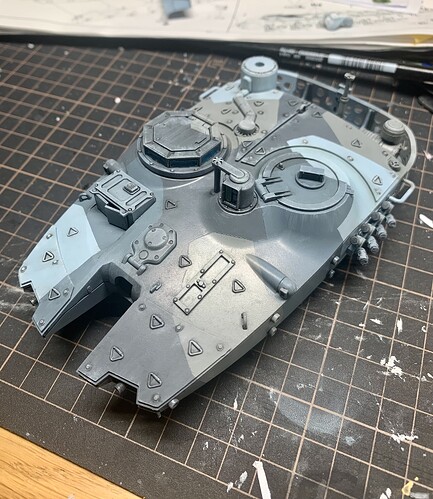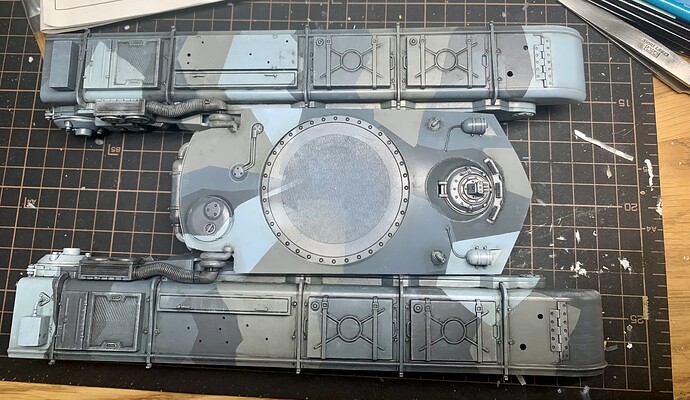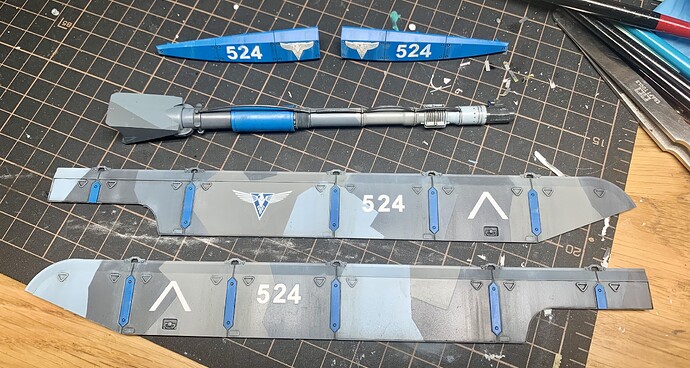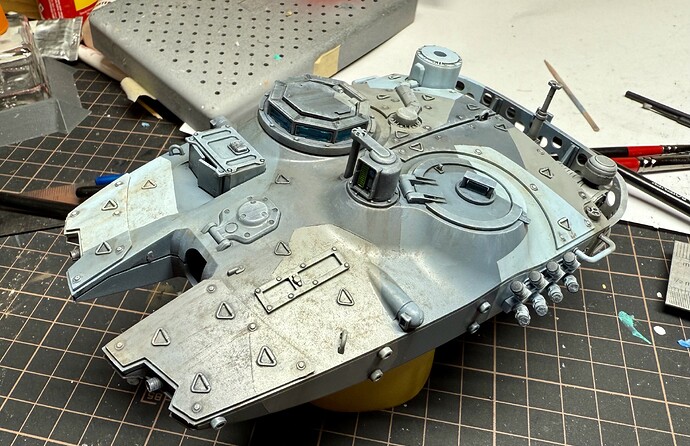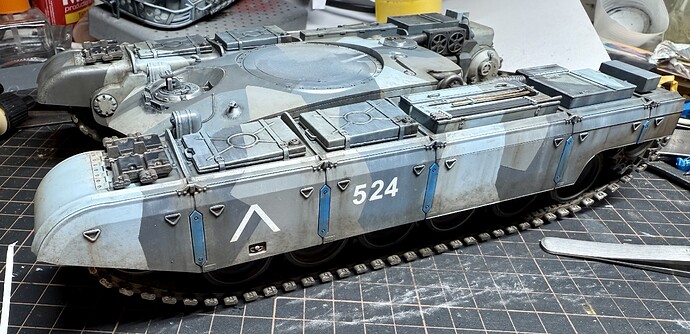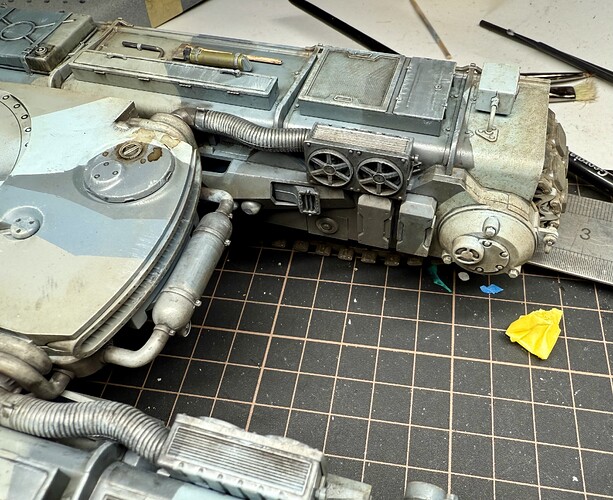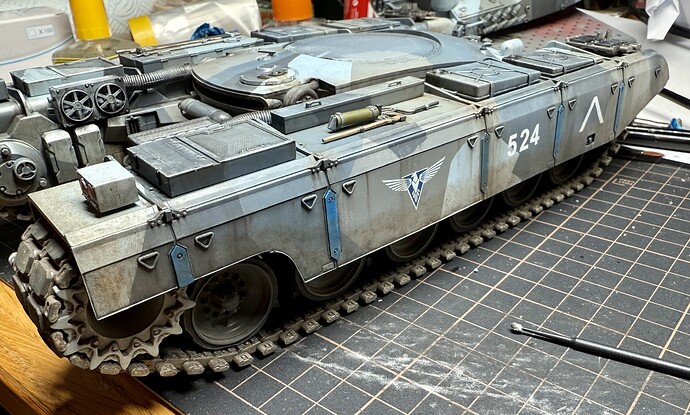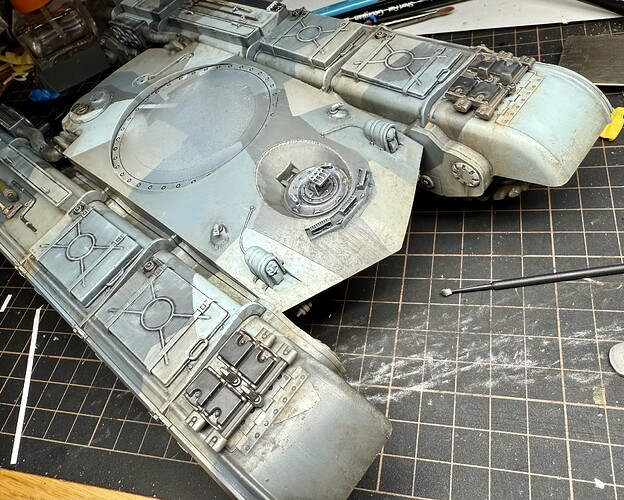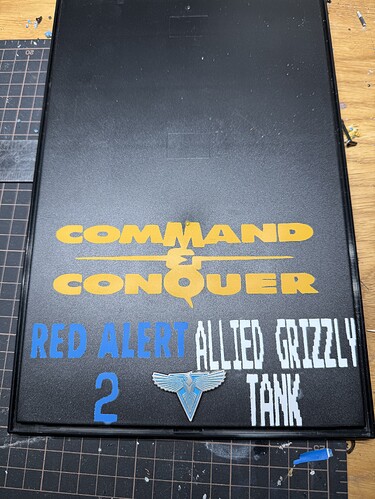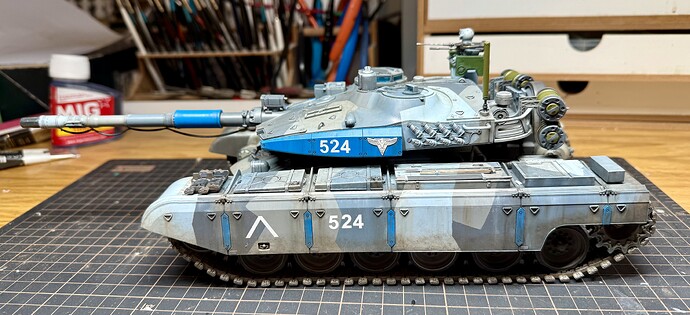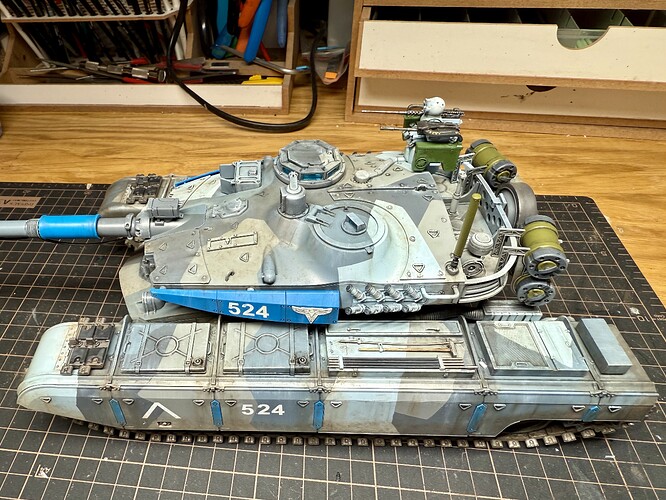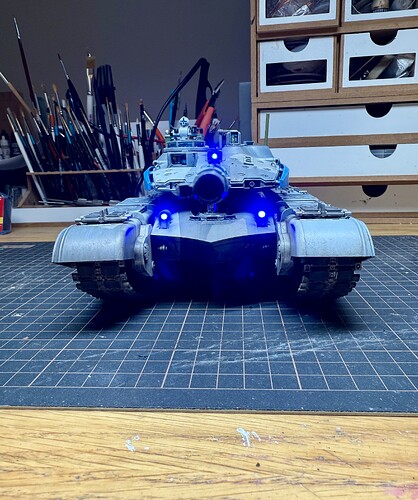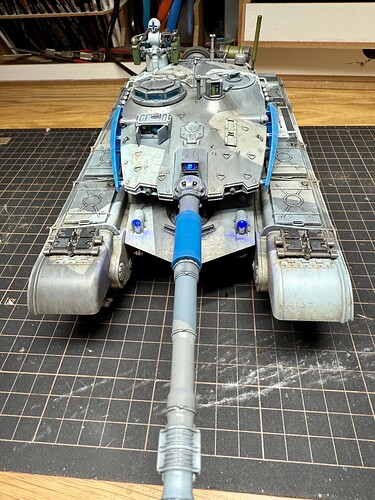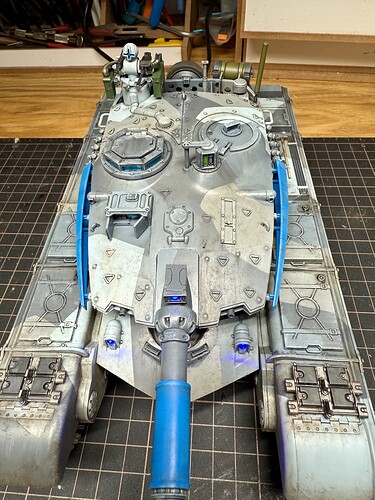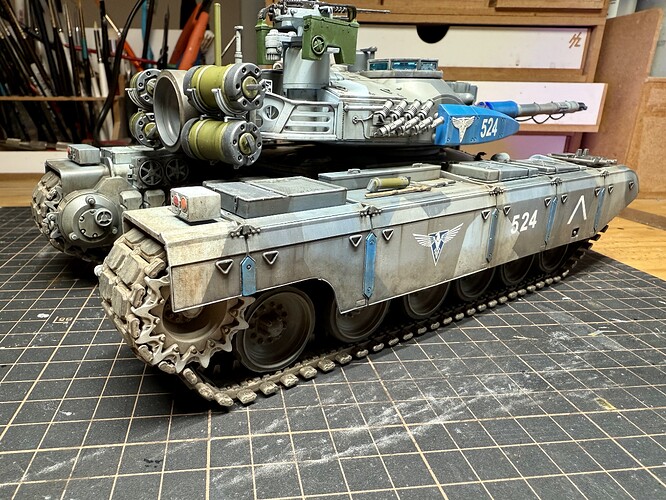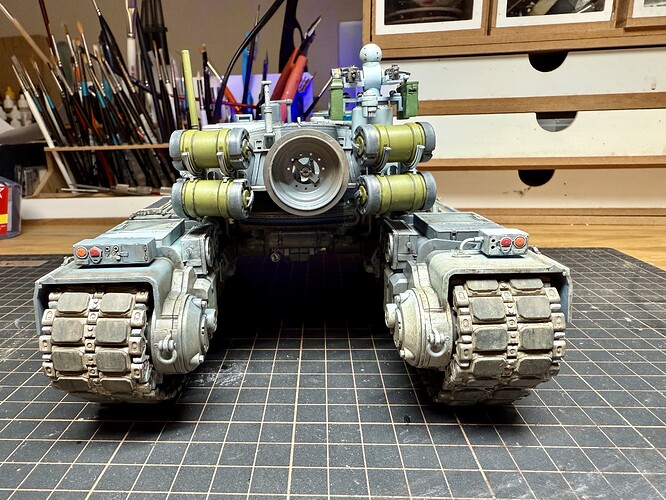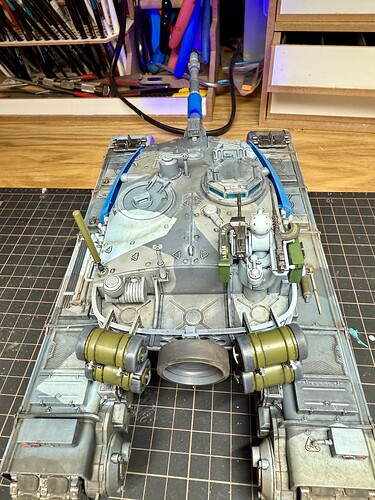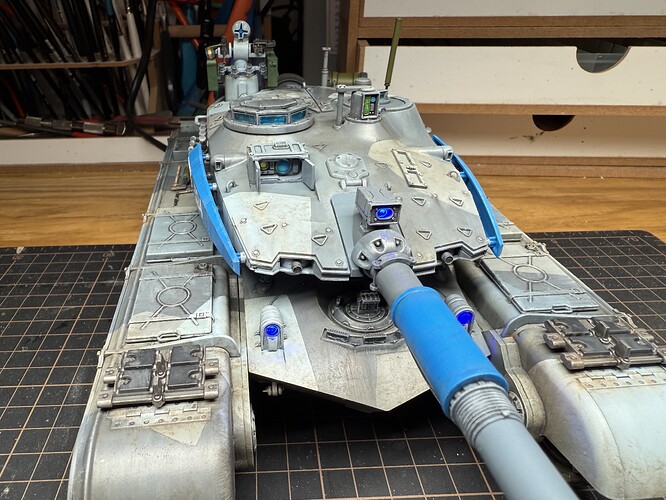Well if it isn’t that time again fellas! Gather yourselves round the old modelling bench because it’s time for another tale from the rare ‘aul times.
Yes- we’re going back through the hazy mists of the past to the year 2000!
(Previously in the hazy mists of time.)
Right so let’s get red CD out of the computer and get the blue one in.
This time, instead of fighting at the vanguard of the proletariat for the global victory of communism, we’re fightin’ for:
Freedom

Democracy
President Dugan’s winning smile

General Carville’s Texan wit

Tanya in a tube top
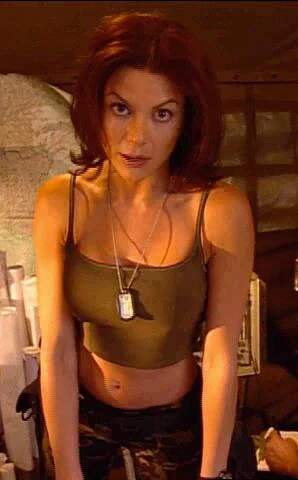
And er…Albert Einstein!
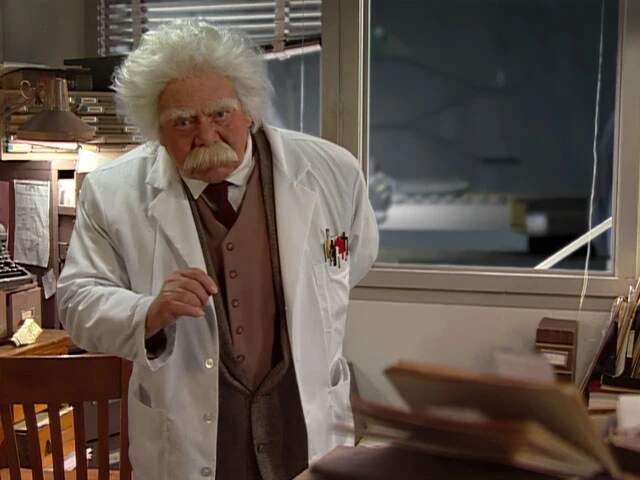
So in the game the Grizzly was the basic Allied tank unit and looked like this on screen.
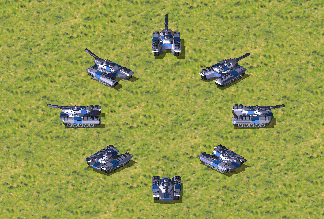
This is what the game instructions say about it.
It was not very tough but it was fast and could be built rapidly. You needed two to go up against one Soviet Rhino (the basic Soviet tank) but it could get to and from trouble spots quicker. It just had a main gun and was fairly vulnerable but it was essentially the Allied tank backbone throughout the game.
The kit has an option to display it as a kind of stationary gun but this was not a feature in the game.
But enough of the game- on to the kit! Like the previous kit of the Apocalypse tank this can be built glue and paint free if you so wish.
Right out of the box it seems some of the parts are a bit heavy for the sprues and are falling off with at least one broke bit that will need fixed.
First up for assembly is the bottom of the hull tub. It would seem most of the parts here concern the ability of the tank to change into the aforementioned turret thing.
I also built up the rather large and surprisingly weighty running gear.
Next up I’ll be moving on to do the lights and the rest of the hull tub.
Thanks for reading!

